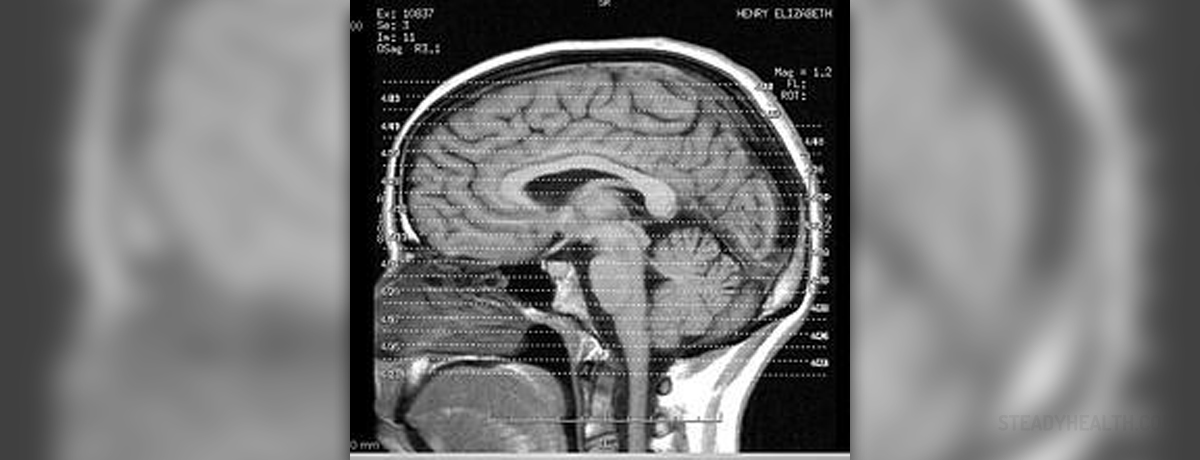
Epilepsy is a condition which manifests through epileptic attacks, being one of the most common neurological conditions, affecting up to 1% of entire population on the planet. Even though many believe that epilepsy is a single condition, this is not true. Rather, it is a set of many conditions with different causes, treatments and predictions. Sometimes, the seizures which are connected with epilepsy do not stem from it at all, but are triggered by alcohol or certain drugs. Therefore, a single attack is not enough for a person to be diagnosed with epilepsy.
Reasons behind Epilepsy
Our brain communicates with the rest of the body through nerve cells called neurons, which send data through electrical signals. If fact, our entire brain is made of these cells. An absolute harmony in communication and functioning is necessary for a healthy brain. Therefore, seizures take place once there is a problem in communication, depending on the place it is located and the portion of the brain affected. So, the types of epileptic attacks may vary from muscle twitches, abnormal sensations like strange smells or tingling, deja vu, fears or other emotional symptoms and, finally, a complete loss of consciousness.
Epileptic attacks do not last for long. In most cases, they last for several seconds or minutes after which the brain of the sufferer returns to its normal state of functioning. Epilepsy is likely to affect children and seniors, even though it may appear in people of all ages as well.
Causes of Epilepsy
When epilepsy appears at an early age, there are great chances that the condition is genetic. However, seizures can also stem from certain types of brain damage, be associated with brain tumors of affect individuals who have had a stroke. The condition is additionally reported in children with abnormal development of the brain as well as people suffering from meningitis and encephalitis.
Living with Epilepsy
Luckily, in most cases, epileptics reach a stage where their seizures subside permanently. Yet, this depends on the type of the condition affecting them. There are no tests for epilepsy. Rather, the doctor analyzes the characteristics of the attacks by observing them him/herself or listening to other people describing them. The first task of the doctor is to rule out some other possible conditions which might result in seizures. Once this is done, he/she can establish a proper diagnosis before conducting a couple of tests.
An EEG test can define the type of epilepsy a person suffers from, even though this is not its original purpose. Additionally, a CT or MRI scan can reveal focal epilepsy.
Once diagnosed patients are prescribed an antiepileptic drug or a combination of drugs which may need to be taken for the rest of patient's life.

















Your thoughts on this
Loading...